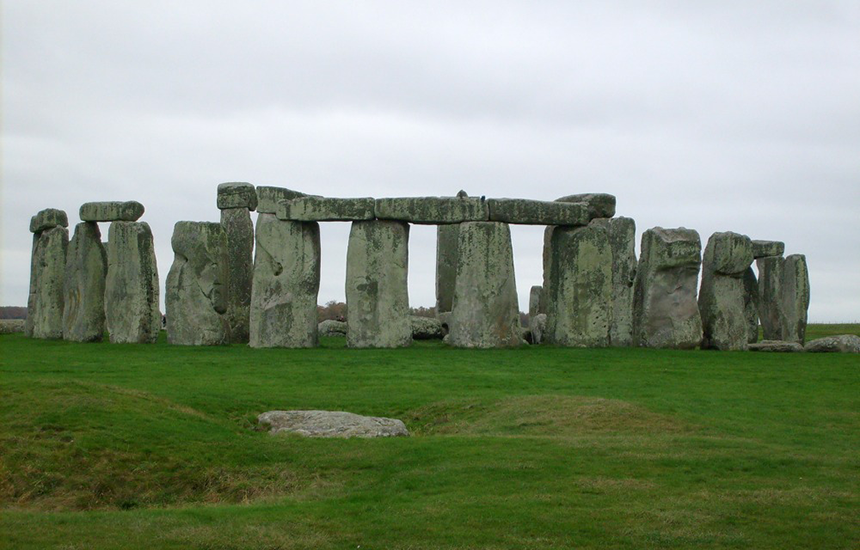Building Stonehenge
A new study of ancient crops may identify the laborers behind Britain’s most famous stone monument

Stonehenge may have been built by animal herders, not farmers, according to a new study.
MATTHEW BRENNAN
No one knows for certain why ancient people built Stonehenge, a circular monument of stones in Great Britain. But somebody built it. A new study now concludes that it was most likely erected by prehistoric people who herded animals and moved around the countryside. Until now, most scientists had suspected crop farmers had built Stonehenge.
Farmers in the region may have started growing crops like barley and grapes about 6,000 years ago. At that time, the climate in Britain was wet and mild — just right for farming. Then, about 700 years later, the air turned cooler and drier, according to the study published this month. That change drove more of the local people to instead raise sheep, cattle and pigs.
These livestock herders were the people who built Stonehenge, argue the new study’s authors. They are Chris Stevens of Wessex Archaeology in Salisbury, England, and Dorian Fuller of University College London. If Stevens and Fuller are right, then animal herders, also called pastoralists, may have worked together to build stone structures like Stonehenge. These scientists note that at about the same time, people in Africa and Asia also switched from farming to raising animals. They also built large monuments.
The new findings challenge earlier research. In previous studies, scientists found that growing crops was still the dominant way of providing food at the time Stonehenge was built. That would mean crop farmers — not pastoralists — built the famous circle of giant rocks.
Stevens and Fuller studied the ages of ancient crop remains discovered in nearly 200 places in Britain. By comparing the ages of certain crops with climate records from the same time, the scientists found that farming became popular about 6,000 years ago. But 700 years later, those crops were less common and people returned in large numbers to eating foods they had gathered from the wild and herding animals.
The new study suggests that crop farming became popular again about 3,500 years after that return to livestock herding. At this time, the climate became more farm-friendly and people found efficient ways to store food. So they started growing new crops like peas and beans.
Alasdair Whittle of Cardiff University in Wales isn’t convinced. This archeologist says the new study doesn’t deliver the whole picture of trends in farming and herding in ancient Britain. When people were herding animals, they were still probably growing some crops. And farmers, he argues, built plenty of stone monuments in their time.
Power Words
pastoralist A sheep or cattle farmer.
archaeology The study of human history and prehistory through the excavation of sites and the analysis of artifacts and other physical remains.
Stonehenge A monument made of large stones, located on Salisbury Plain in Wiltshire, England.







